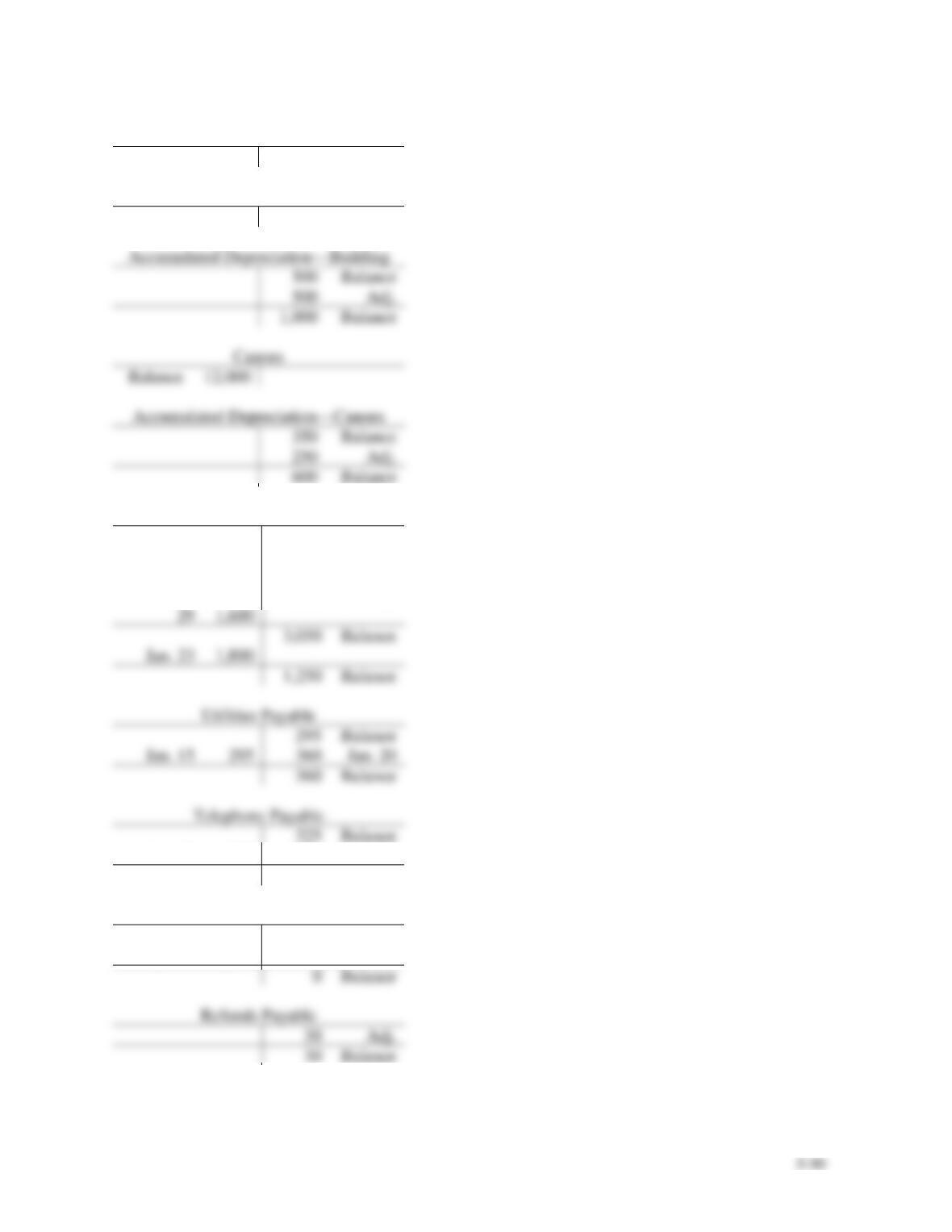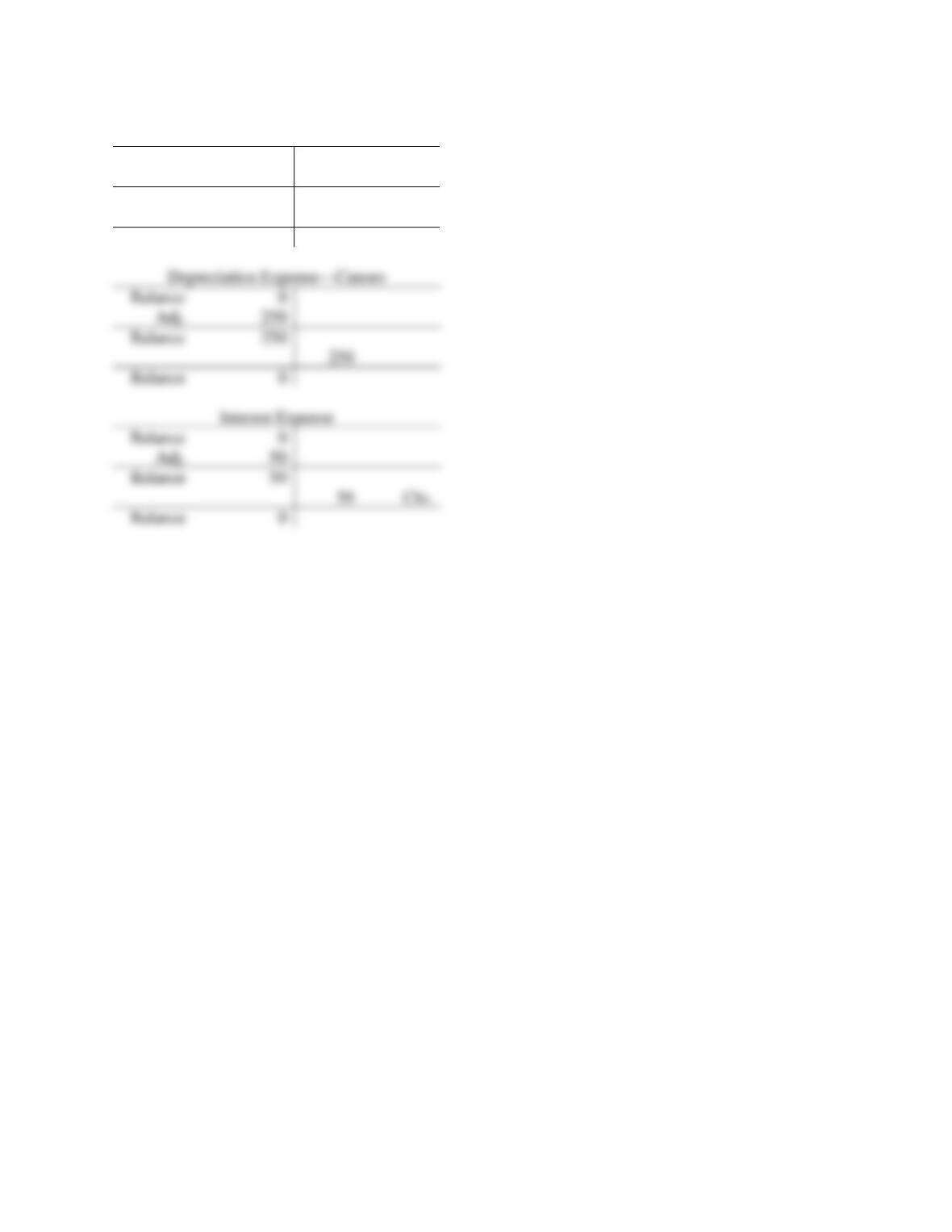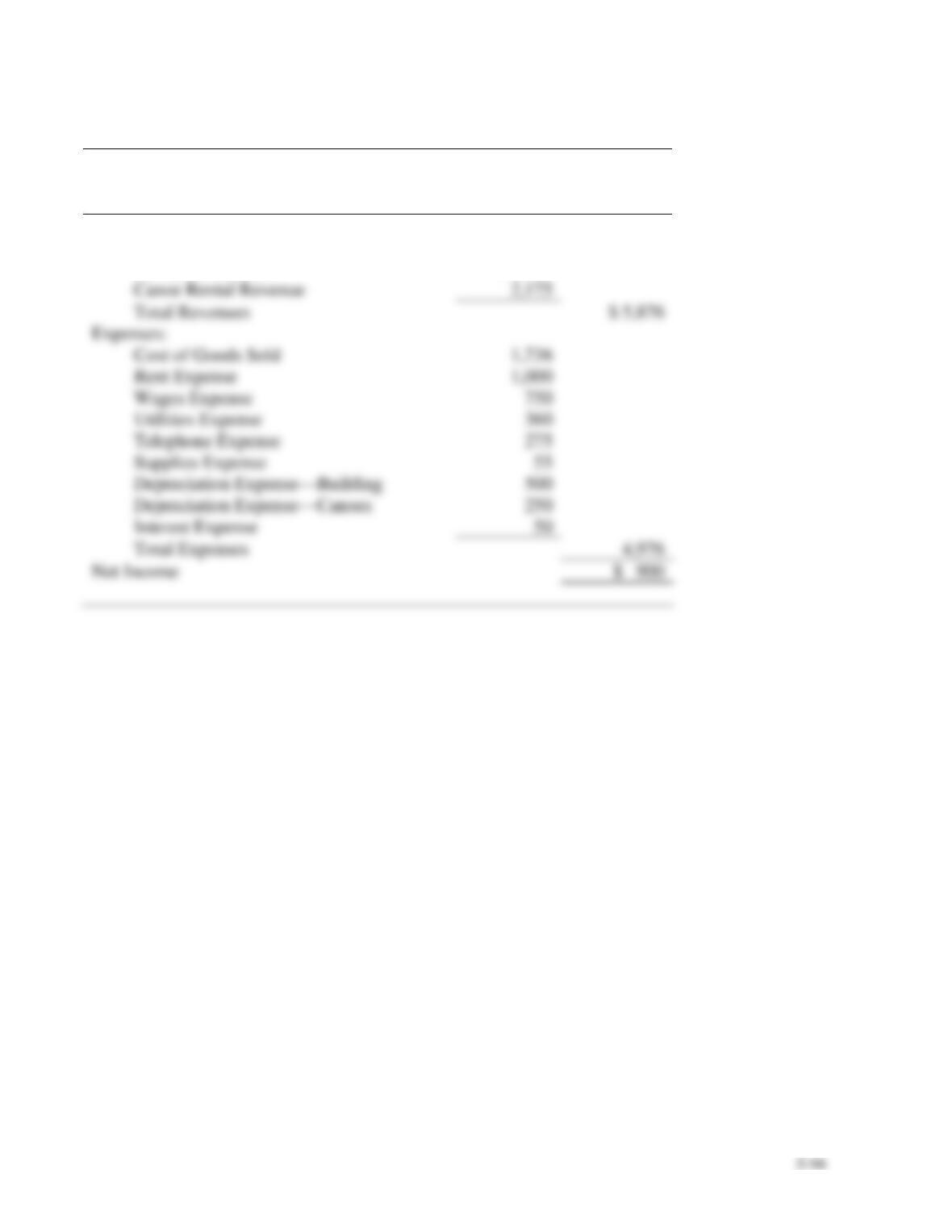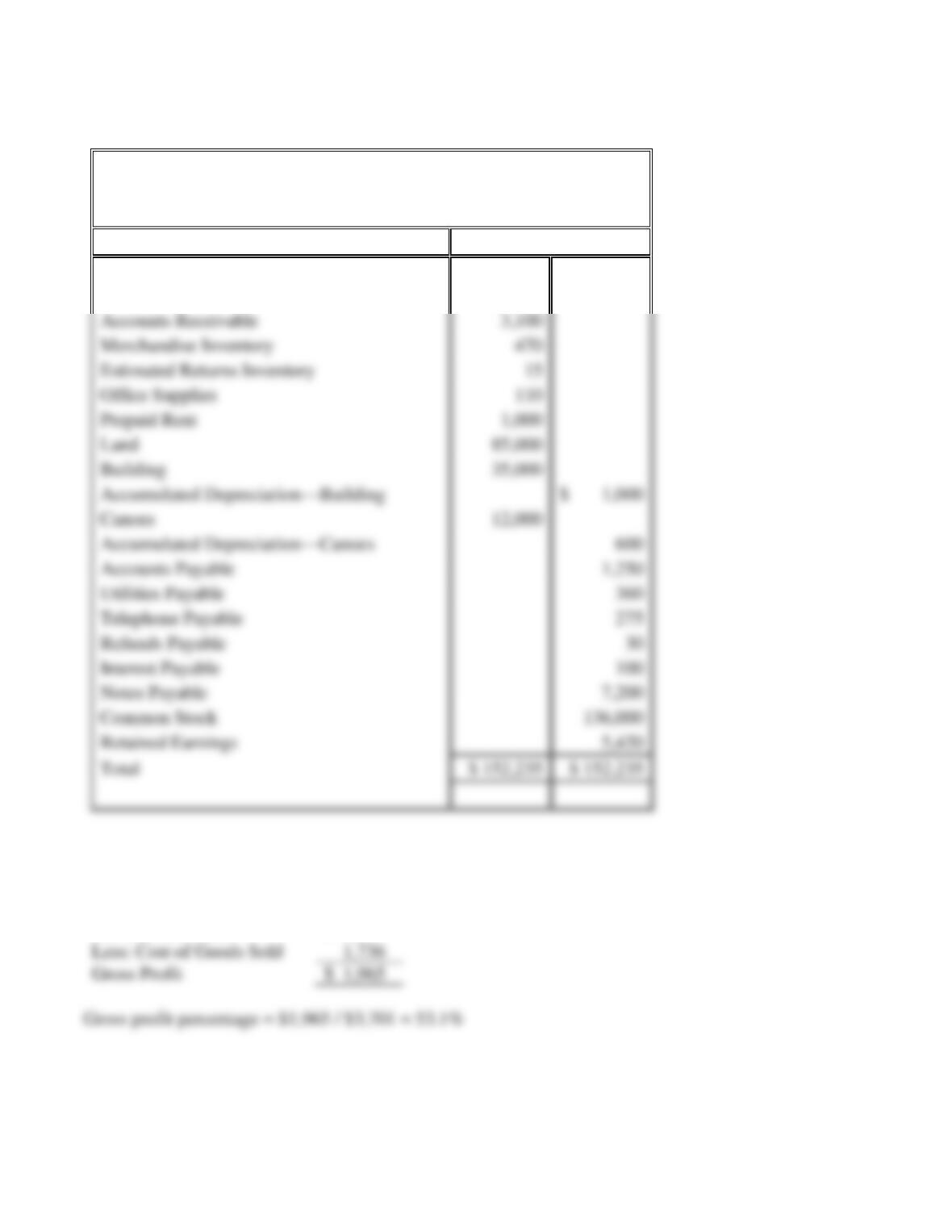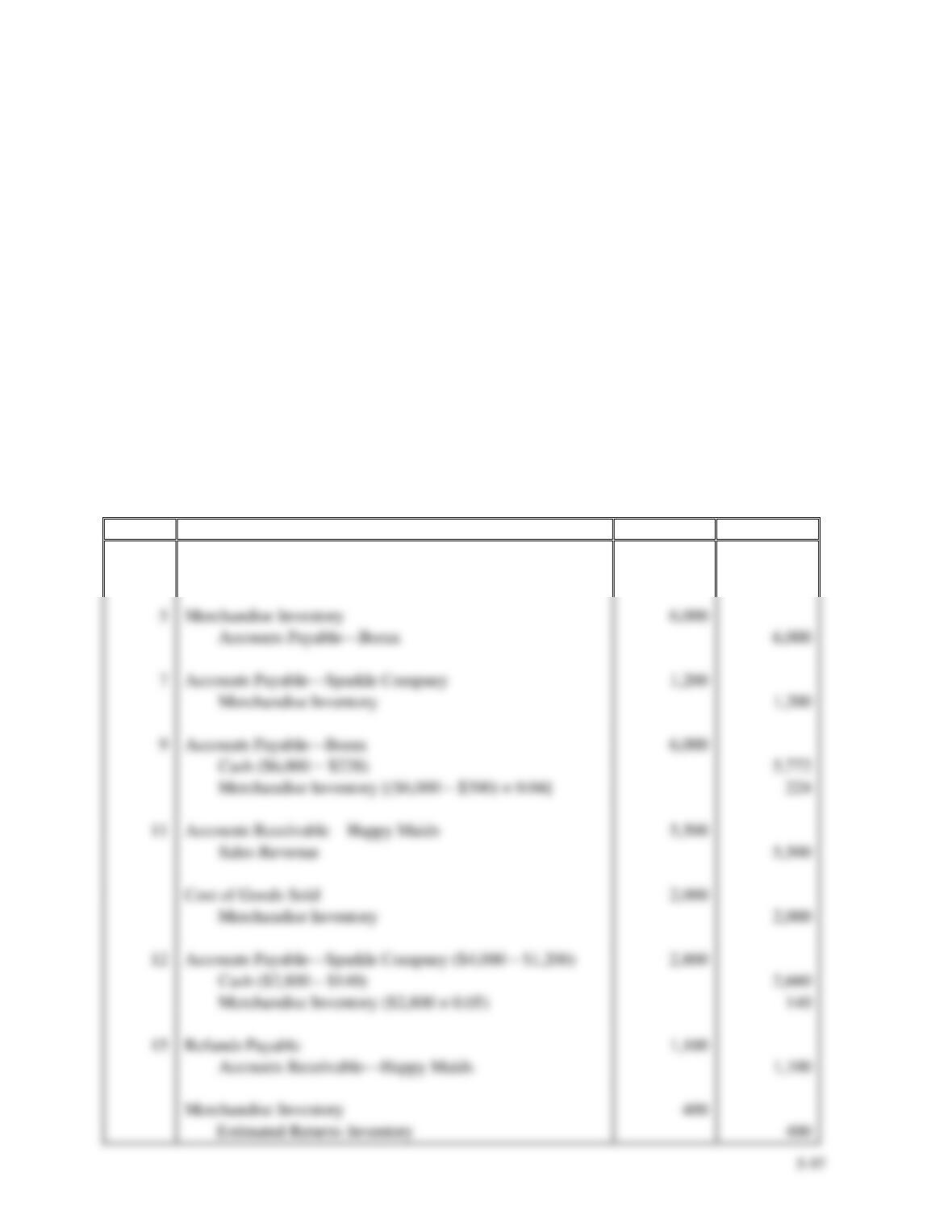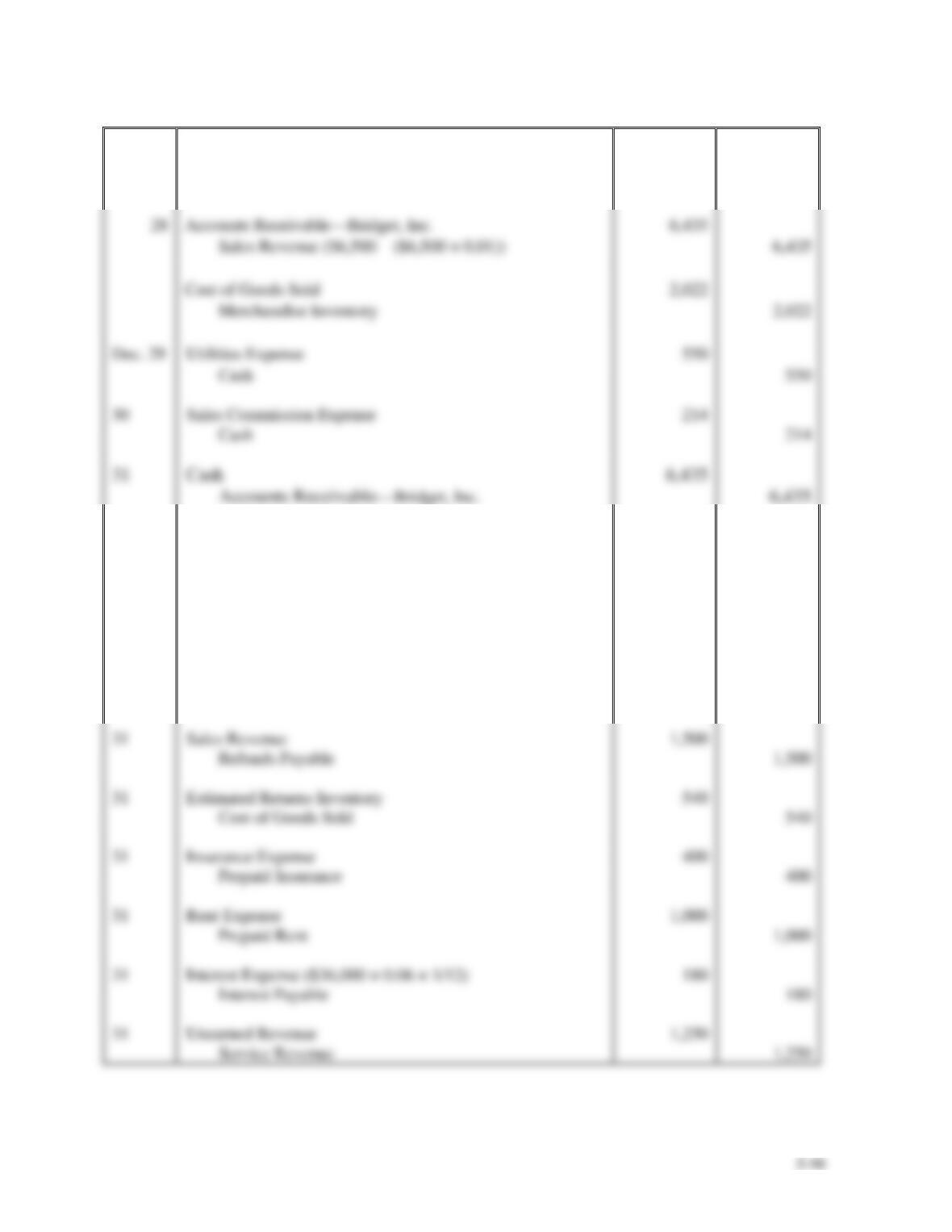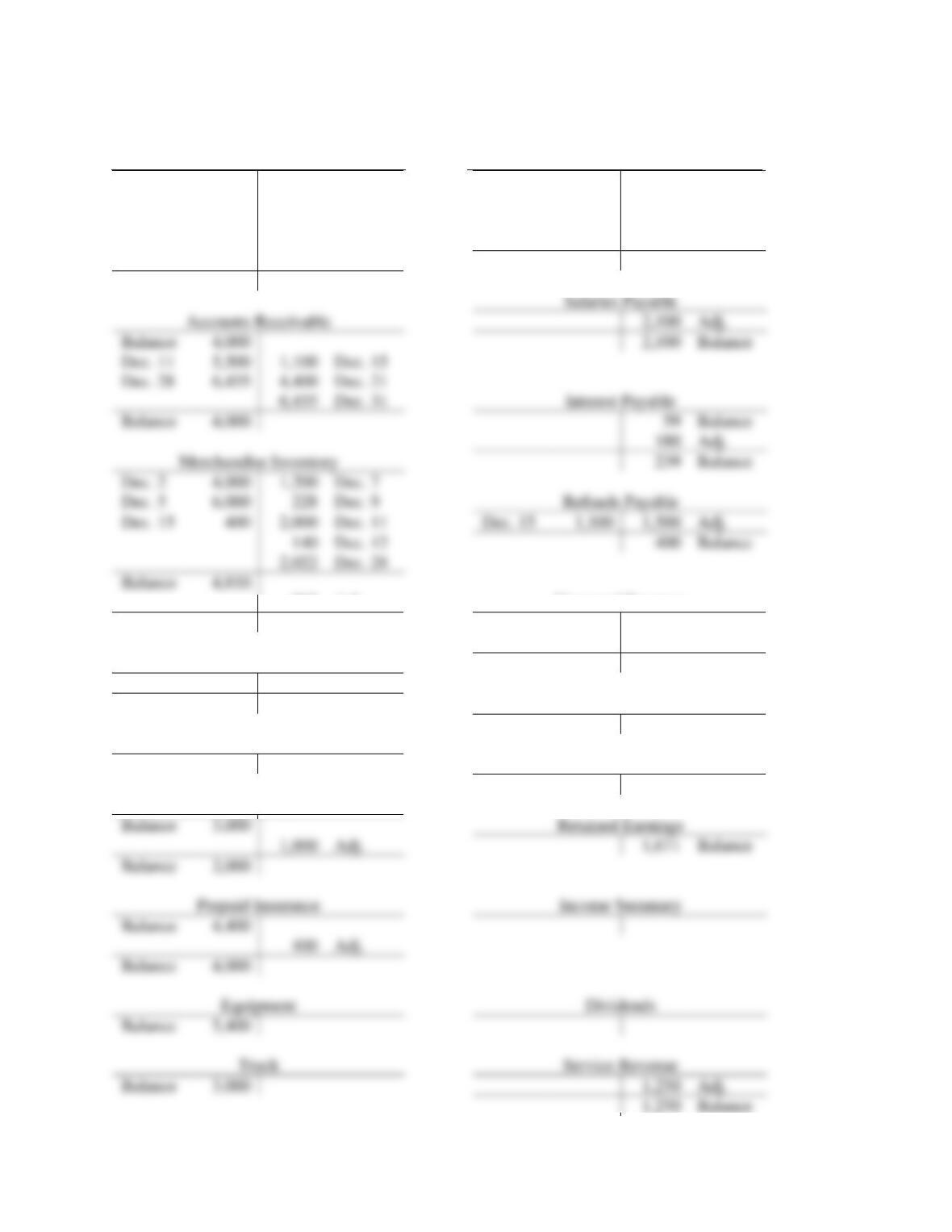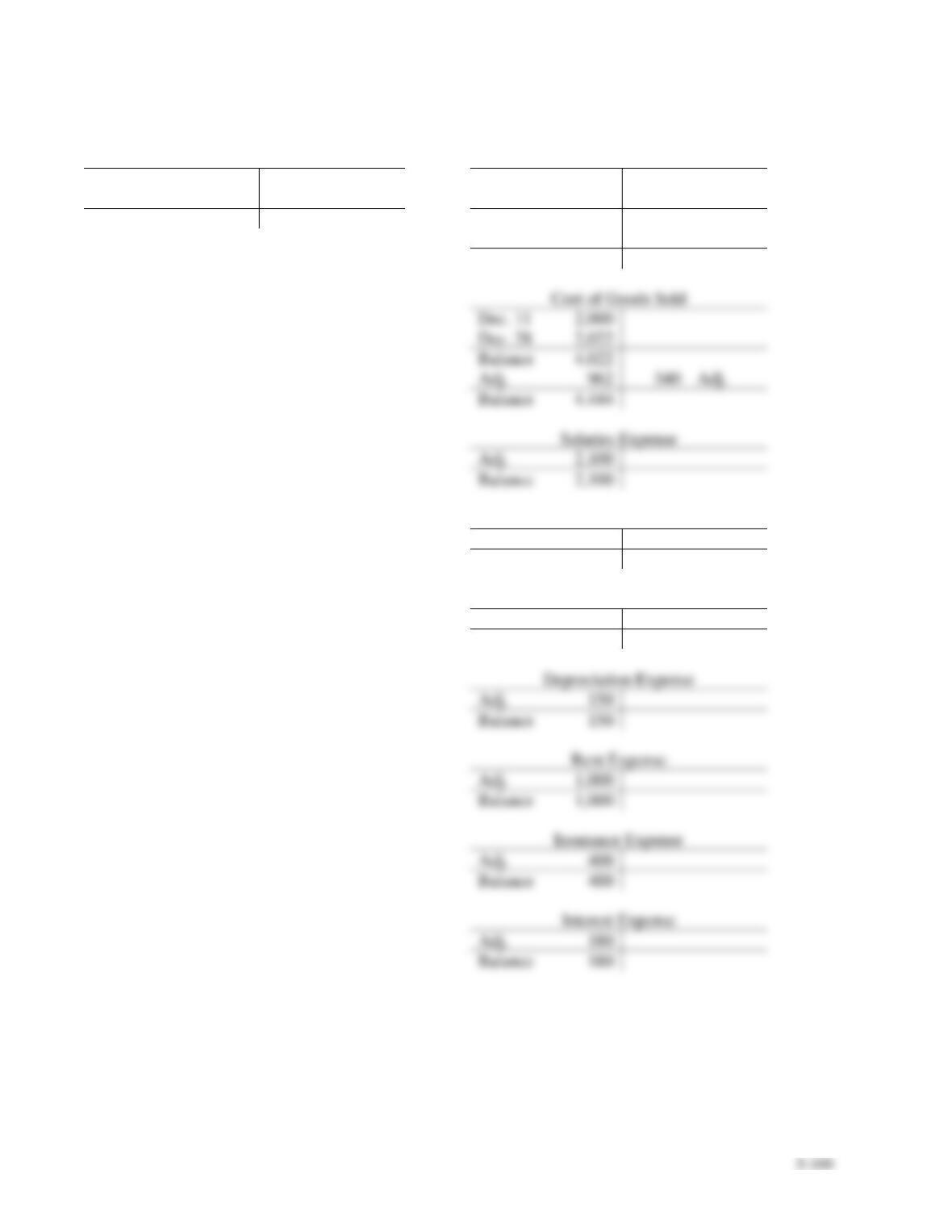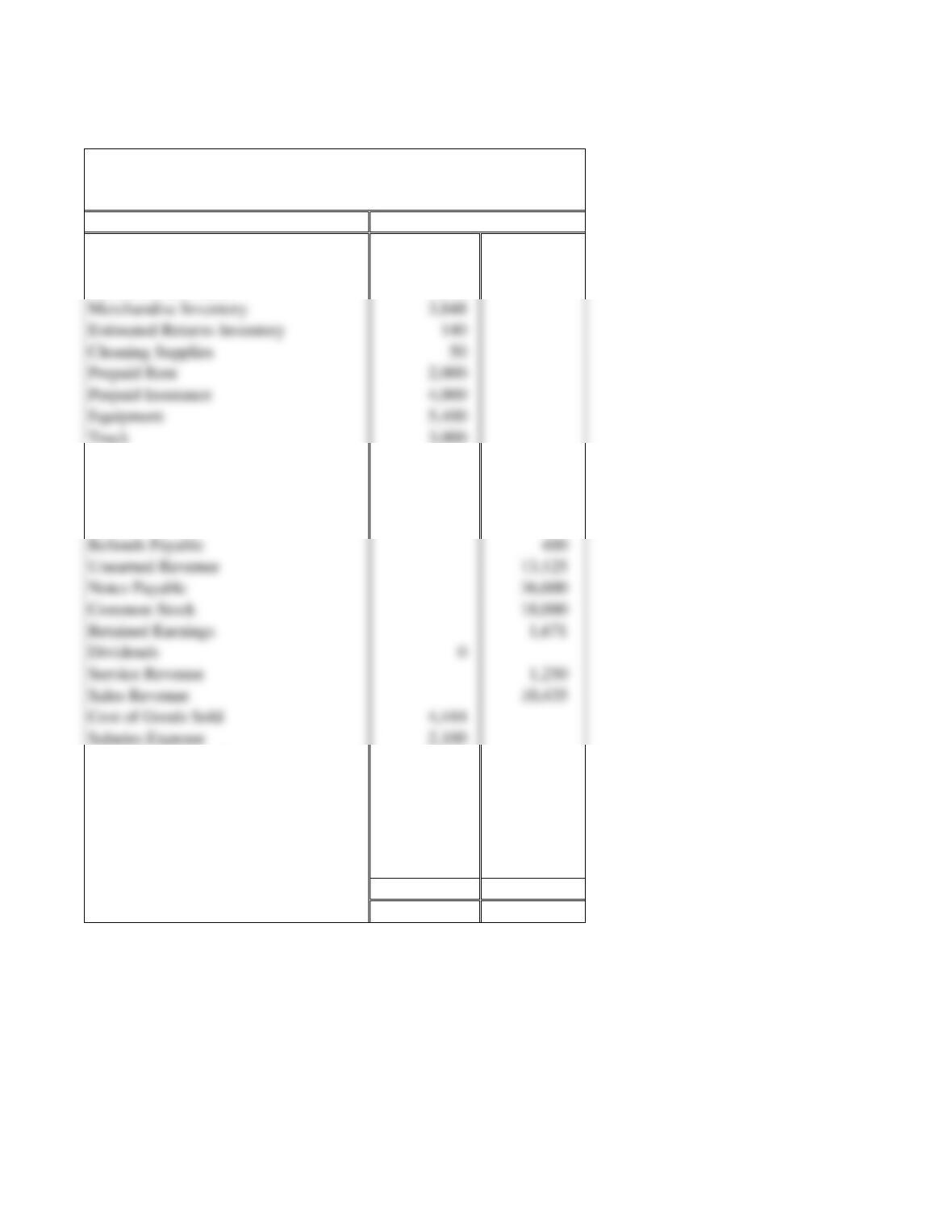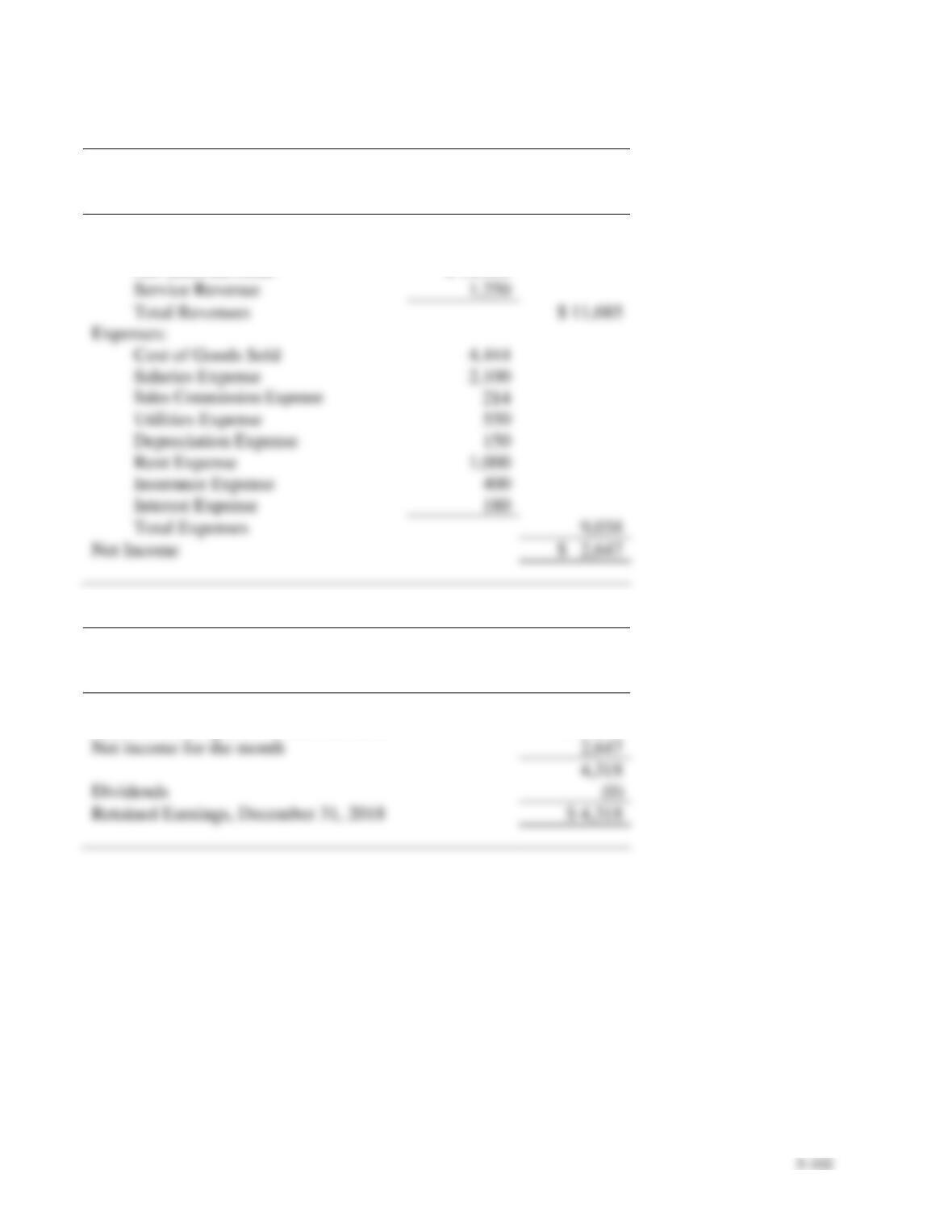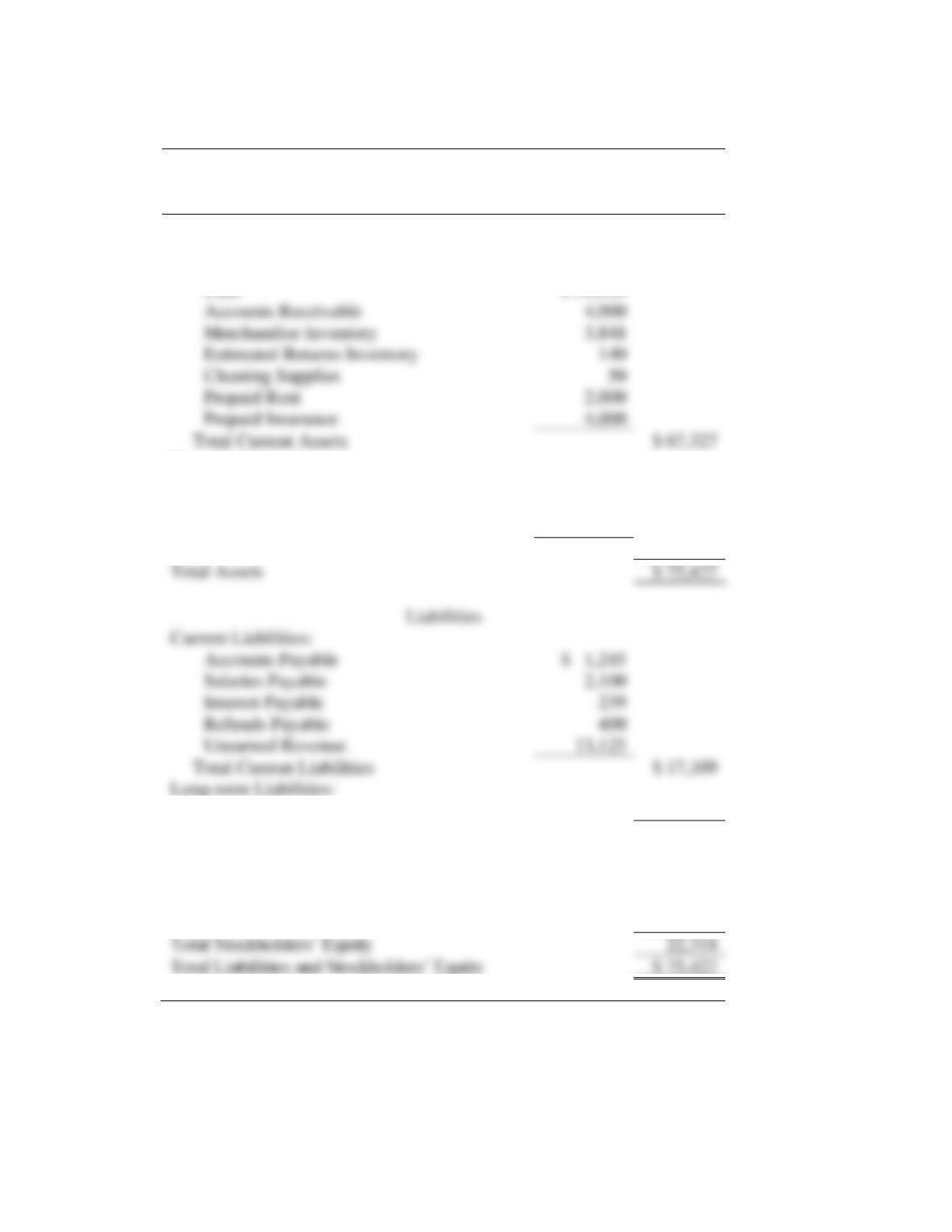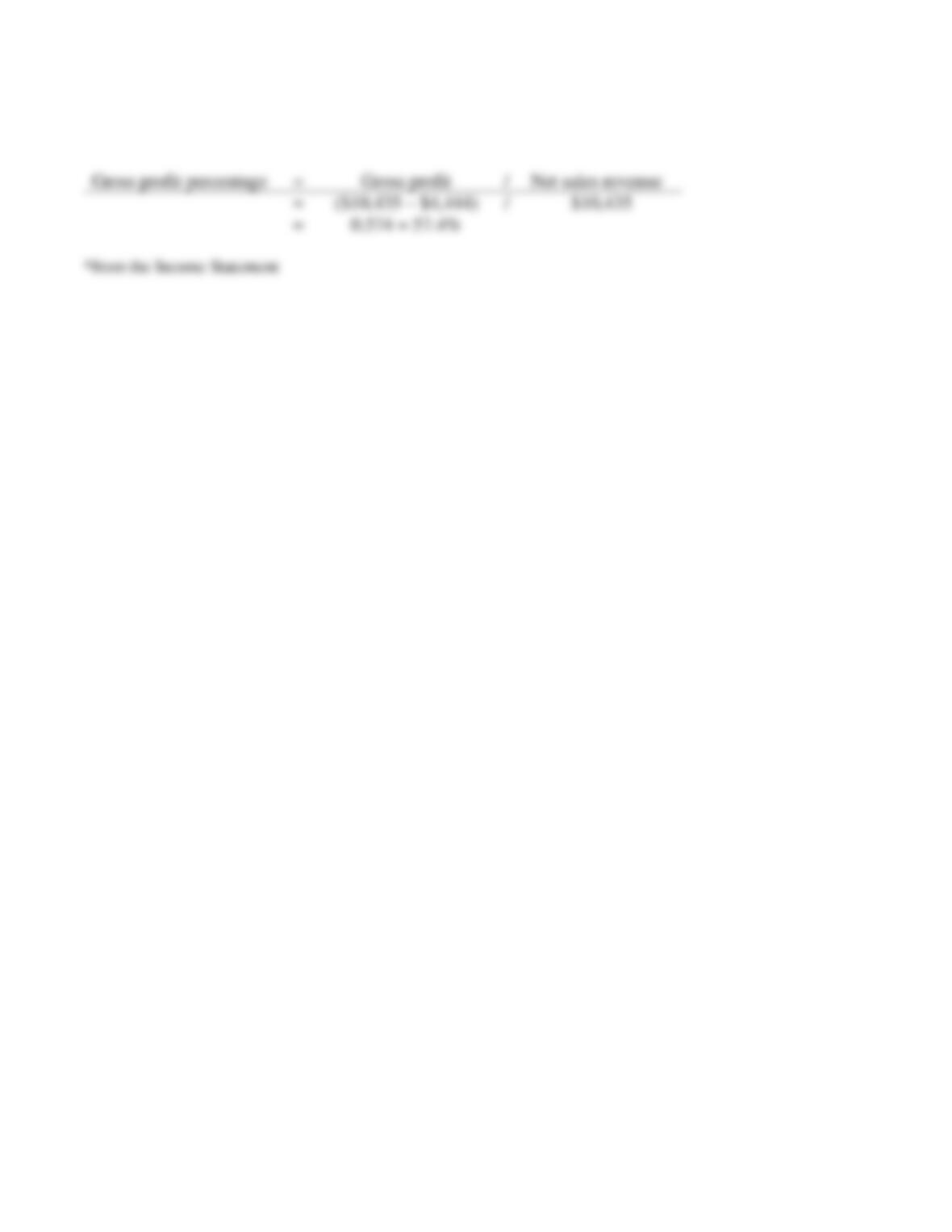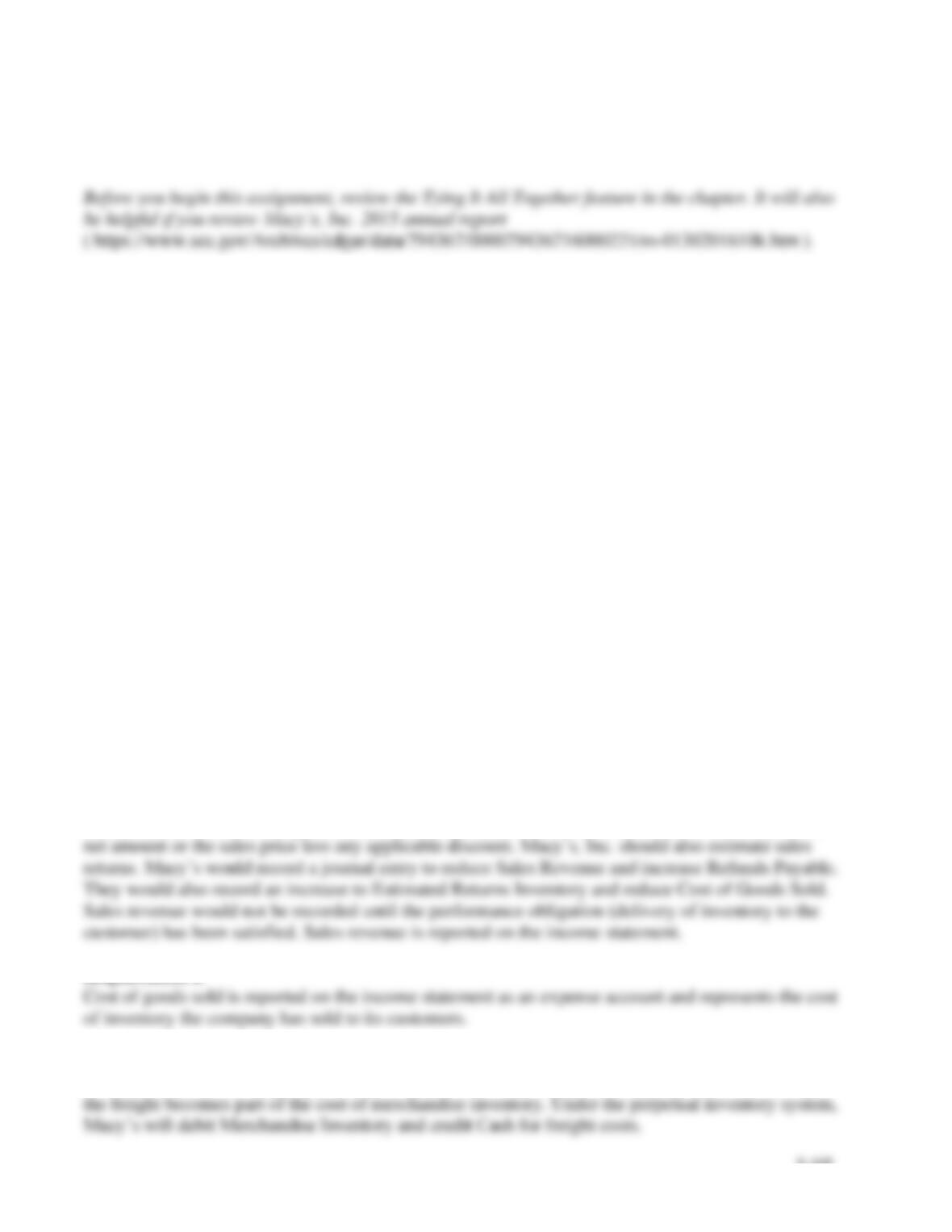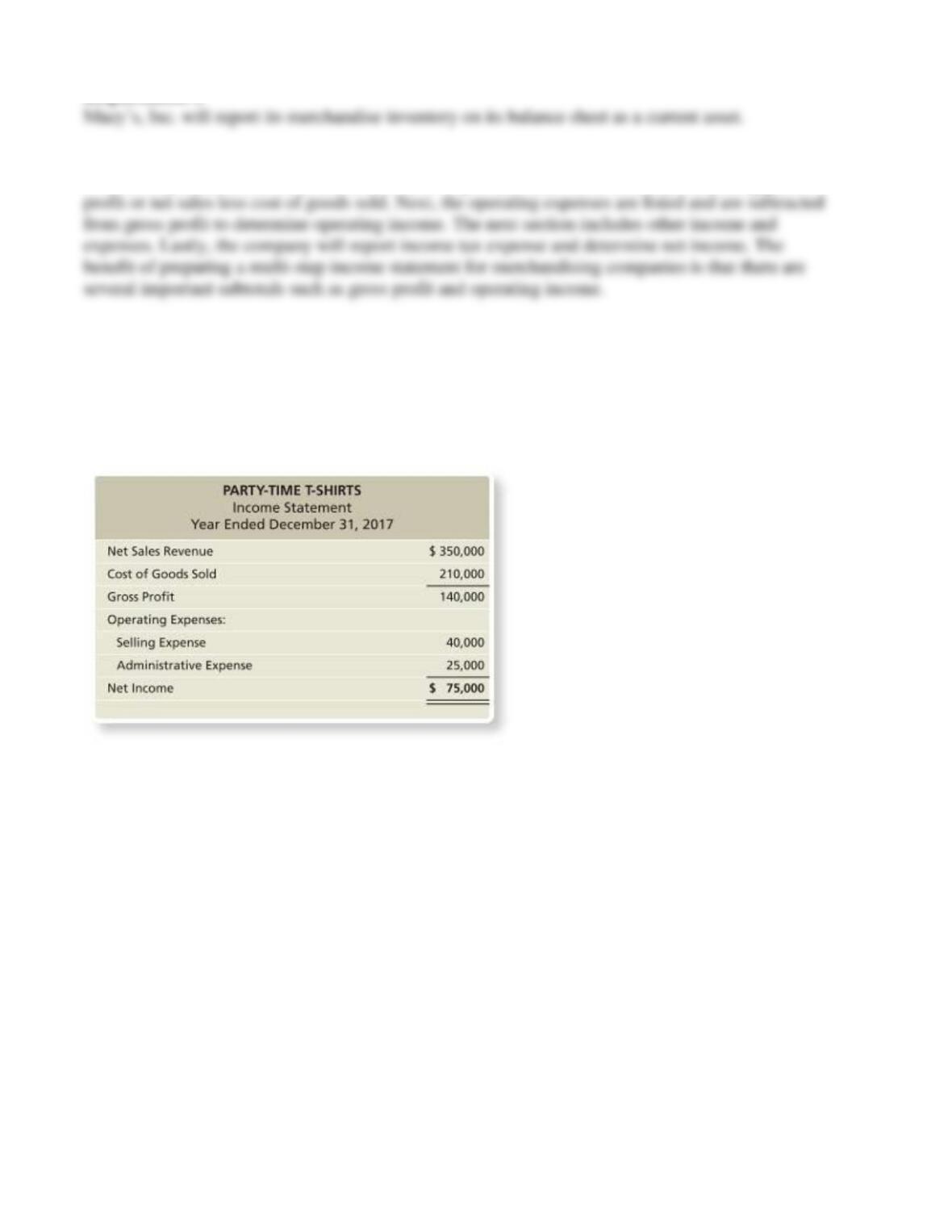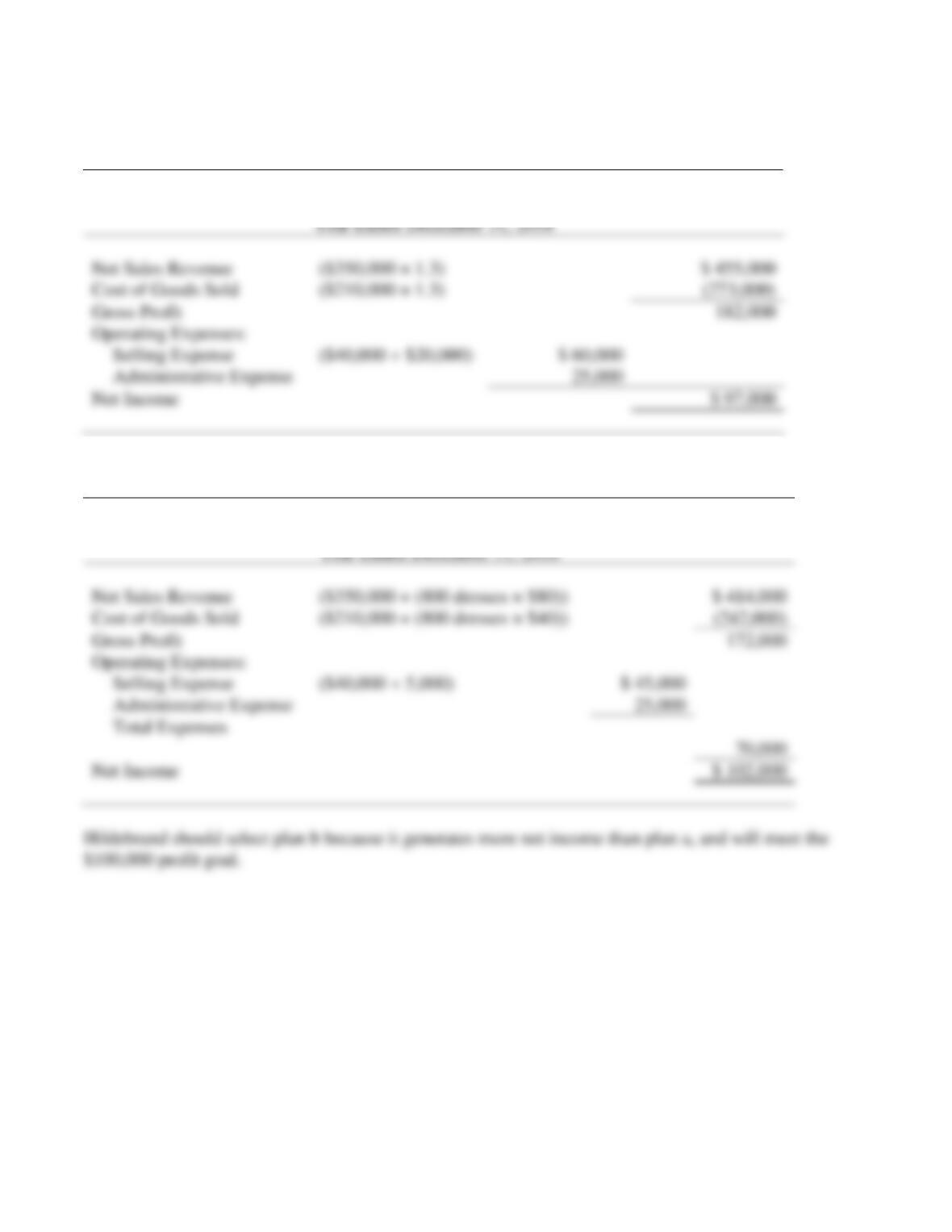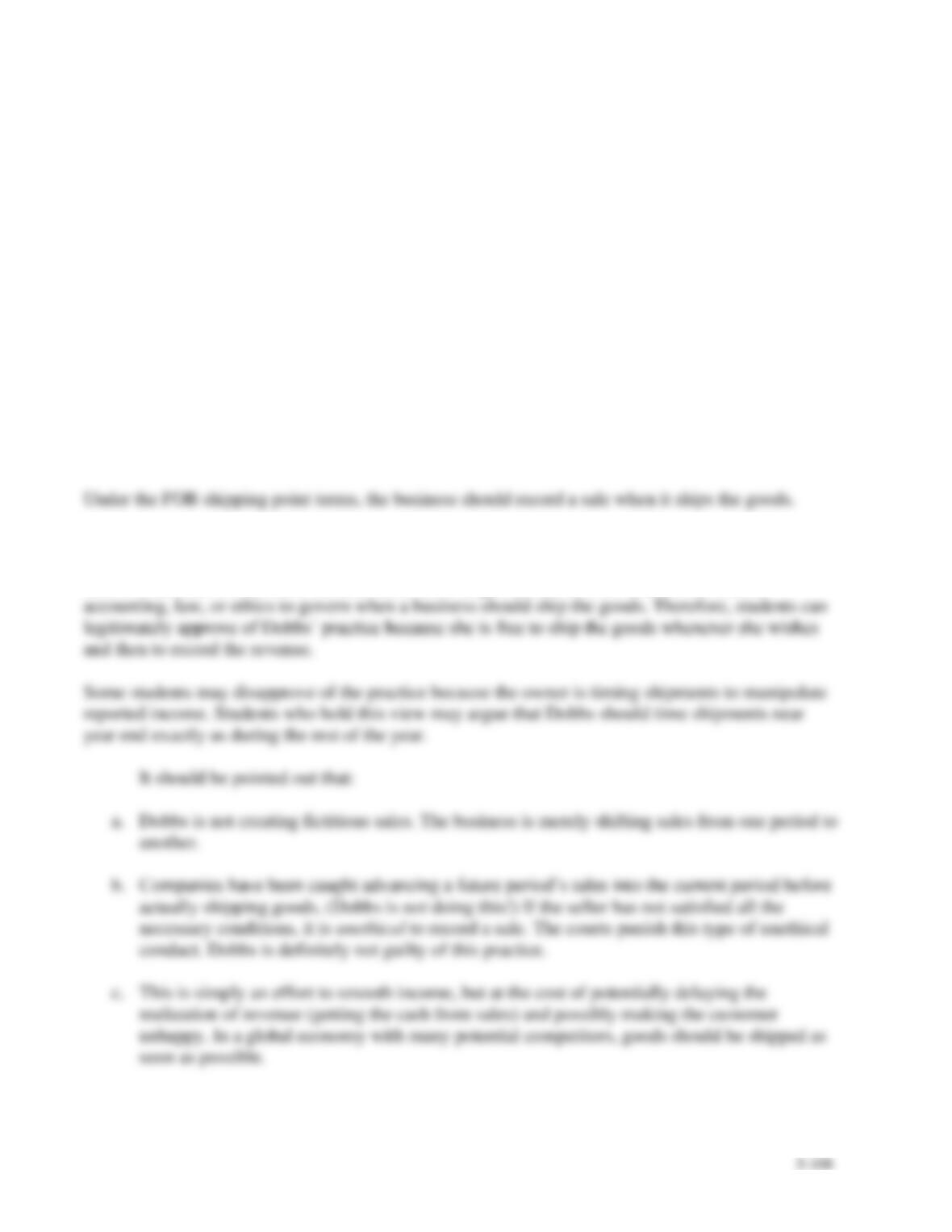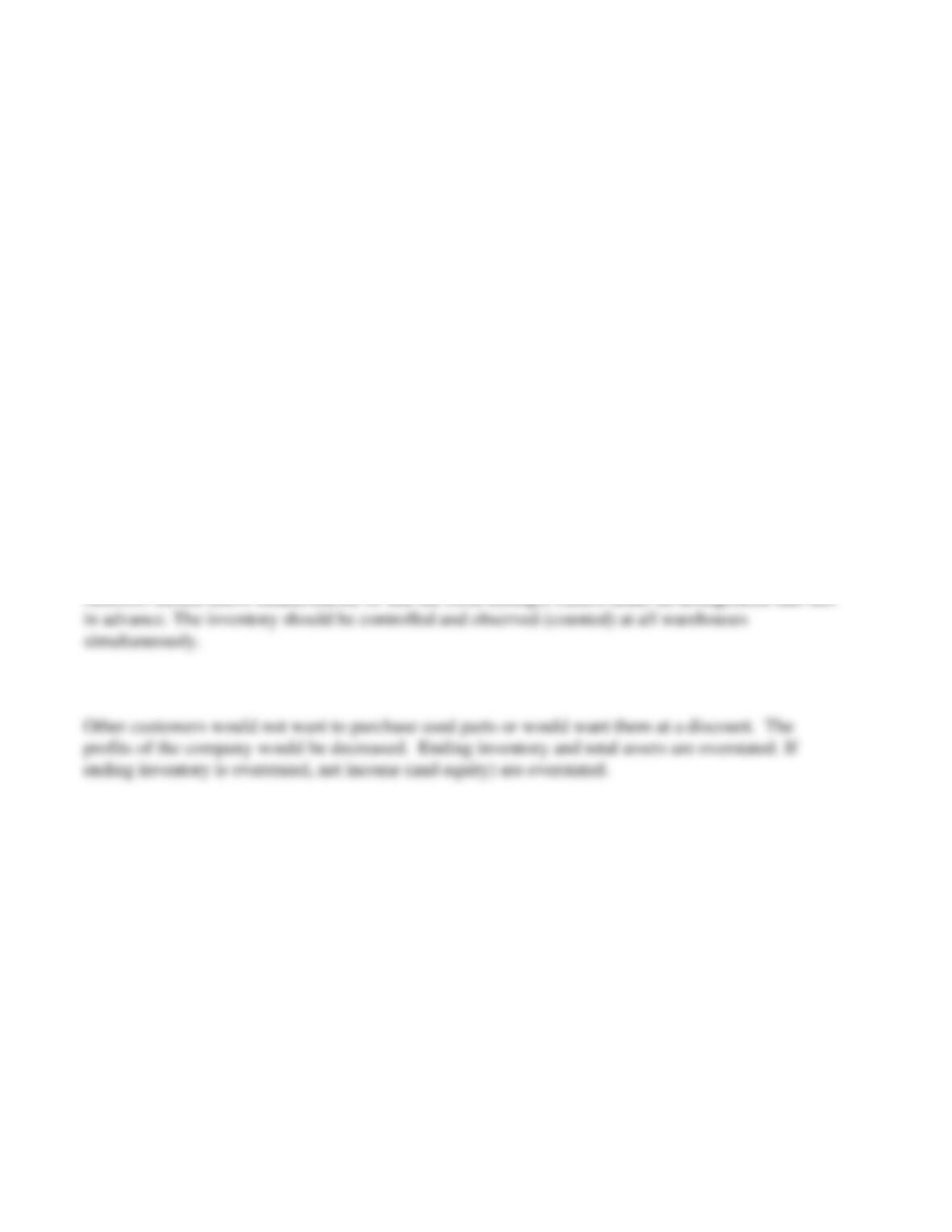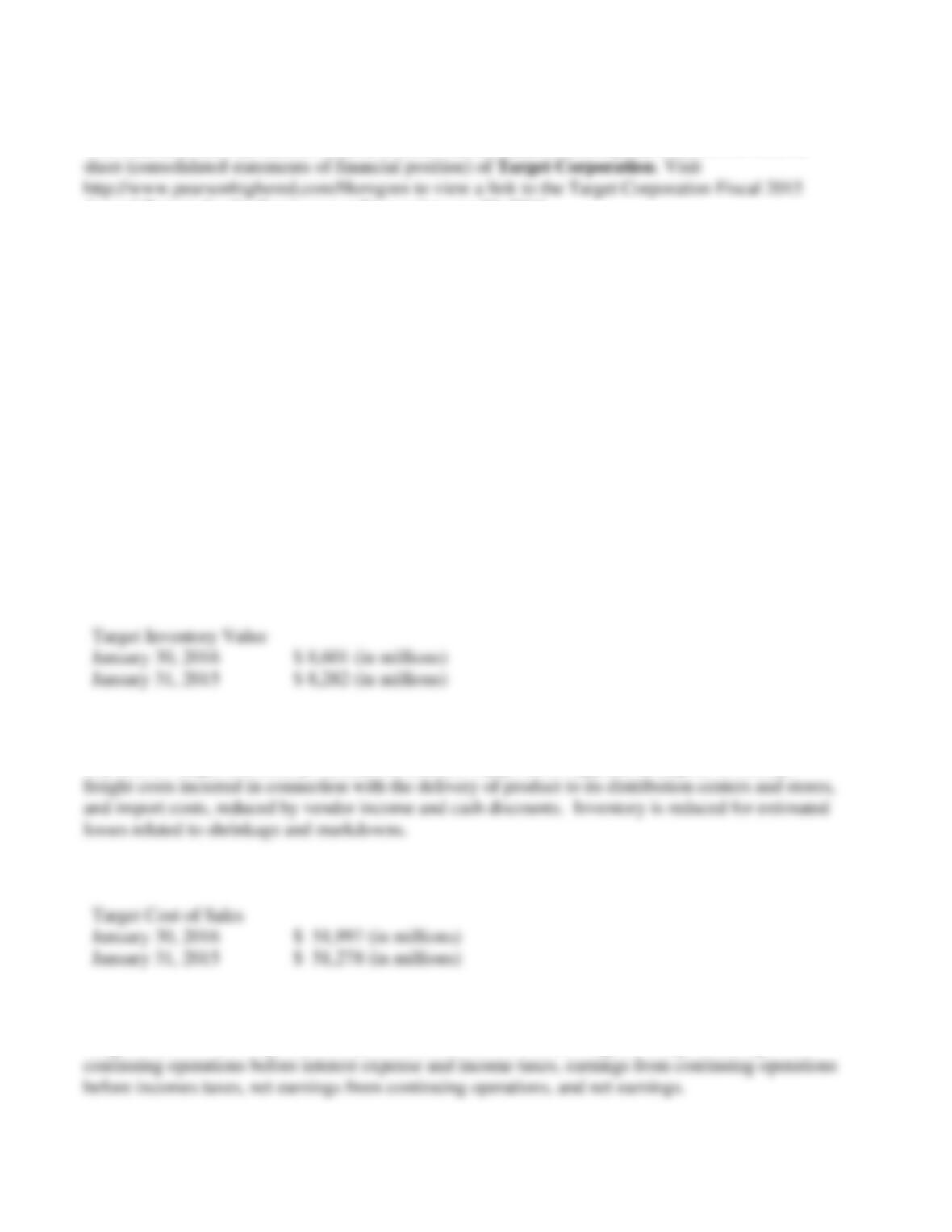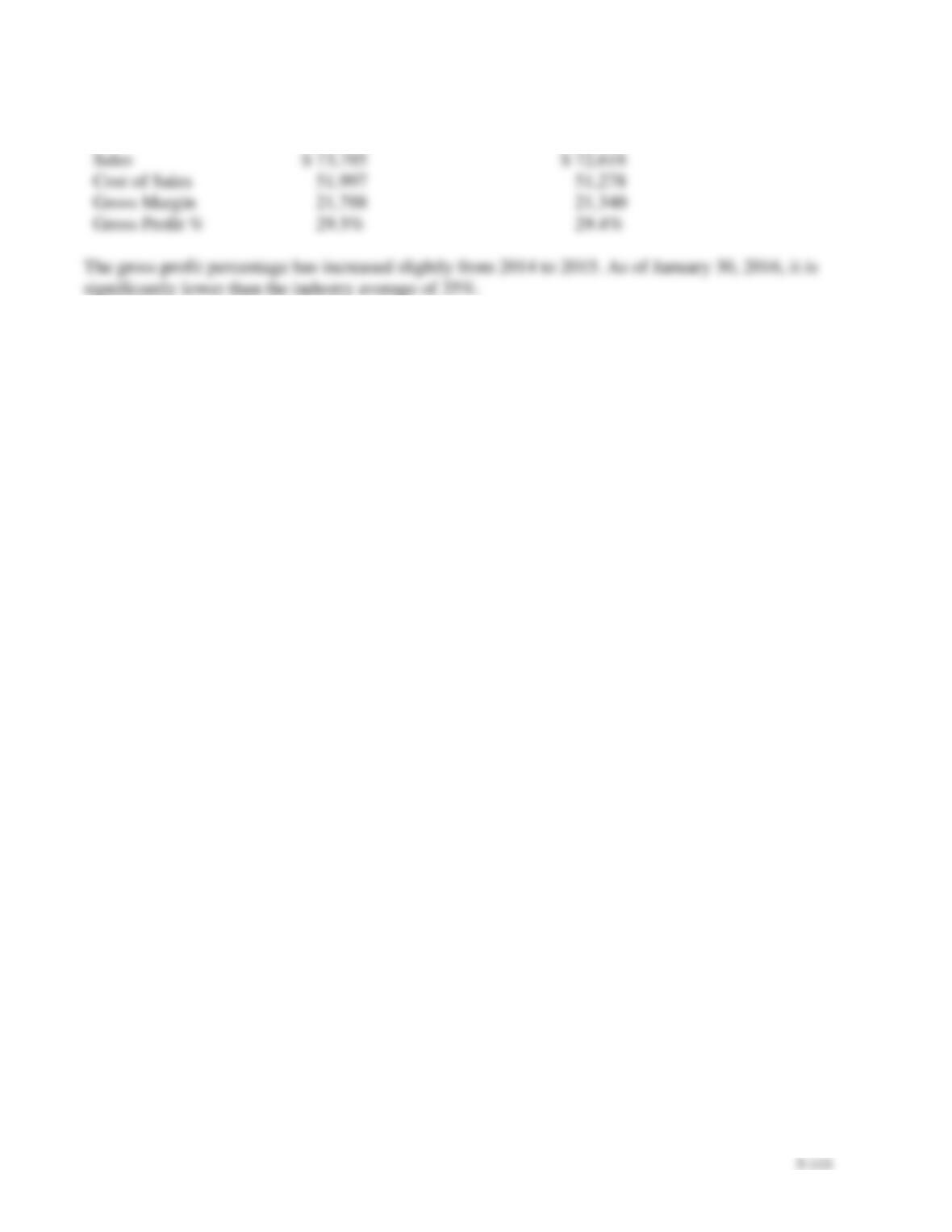Critical Thinking
Tying It All Together Case 5-1
Macy’s, Inc. is a premier retailer in the United States, operating nearly 900 stores in 45 states.
Macy’s, Bloomingdale’s, and Bloomingdale’s Outlet are all brands that operate under Macy’s, Inc.
The company sells a wide range of merchandise including apparel and accessories, cosmetics, home
furnishings, and other goods. Macy’s, Inc. purchases it merchandise from many suppliers and also
develops its own private label brands.
Requirements
1. Under the new revenue recognition rules, how will Macy’s record and recognize sales revenue?
Which financial statement is sales revenue reported on?
2. Macy’s, Inc. reported cost of sales of $16,496 million for the year ending January 30, 2016.
Which financial statement is cost of sales (also known as cost of goods sold) reported on? What
does cost of sales represent? What type of account is cost of sales?
3. Assume Macy’s, Inc. purchases $100,000 of inventory from one of its vendors. The terms of the
purchase are FOB shipping point. Who pays the freight and how does the cost of the freight get
recorded? Assume Macy’s uses the perpetual inventory system.
4. On which financial statement will Macy’s report its merchandise inventory?
5. Assume Macy’s, Inc. prepares a multi-step income statement. What would the format of that
income statement look like? What is one benefit of preparing a multi-step income statement for
merchandising companies such as Macy’s, Inc.?
SOLUTION
Requirement 1
Under the new revenue recognition standard, Macy’s, Inc. would record the sale of inventory at the
Requirement 2
Requirement 3
Under the terms FOB shipping point, the buyer (Macy’s, Inc.) pays the shipping costs. The cost of











































































